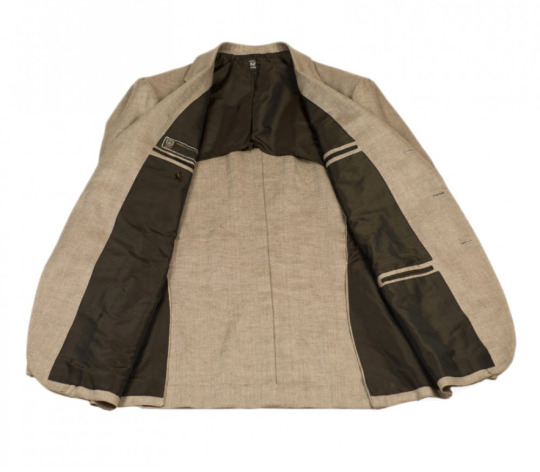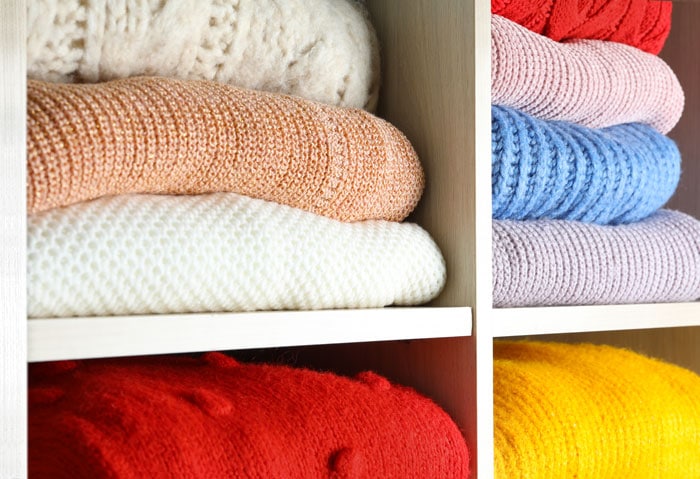in my time writing about menswear, I've seen so many times where someone tried to save money in process of building a wardrobe but ended up spending more. this includes
1. bought stuff just bc it's on sale
2. bought something cheaper instead of what they actually wanted
🧵
1. bought stuff just bc it's on sale
2. bought something cheaper instead of what they actually wanted
🧵
3. tried to find the original factory that made something, so they could find a better deal (e.g., white labeling). they assumed everything that comes out of a factory is the same (which is not true)
4. settled for a bad garment bc it was cheap
4. settled for a bad garment bc it was cheap
5. bought from stores that provide very little service. it's often good to shop from stores with skilled sales associates who can help you. and stores that take returns. buying from cheap retailers abroad or online sellers with no return policy is risky.
IMO, the better ways to save money:
1. build a larger fashion vocabulary, so you're not constantly trying to buy some affordable version of a Loro Piana lookbook. appreciate affordable aesthetics like workwear.


1. build a larger fashion vocabulary, so you're not constantly trying to buy some affordable version of a Loro Piana lookbook. appreciate affordable aesthetics like workwear.


2. appreciate the inherent goodness in certain cheap items. they are not "compromises" to higher-end items. some cheap items are just good. examples: vintage fatigues & trucker jackets, Timberlands boots, Vans slip-ons, Carhartt double-knees, Dickies painter pants 

3. buy less, buy better. if you limit yourself to one nice jacket a year, you will feel less bad about spending more money on that single item.
4. buy stuff that will allow you to recoup some of your money. some items are easier to resell down the road
4. buy stuff that will allow you to recoup some of your money. some items are easier to resell down the road
5. shop slowly. let your taste in clothes naturally evolve, so you don't end up with a stack of things you rarely wear bc your taste has moved on.
6. know the sale schedule. shop during mid- and end-of-season sales. but make sure you can still return items that don't work out
6. know the sale schedule. shop during mid- and end-of-season sales. but make sure you can still return items that don't work out
• • •
Missing some Tweet in this thread? You can try to
force a refresh

 Read on Twitter
Read on Twitter
































